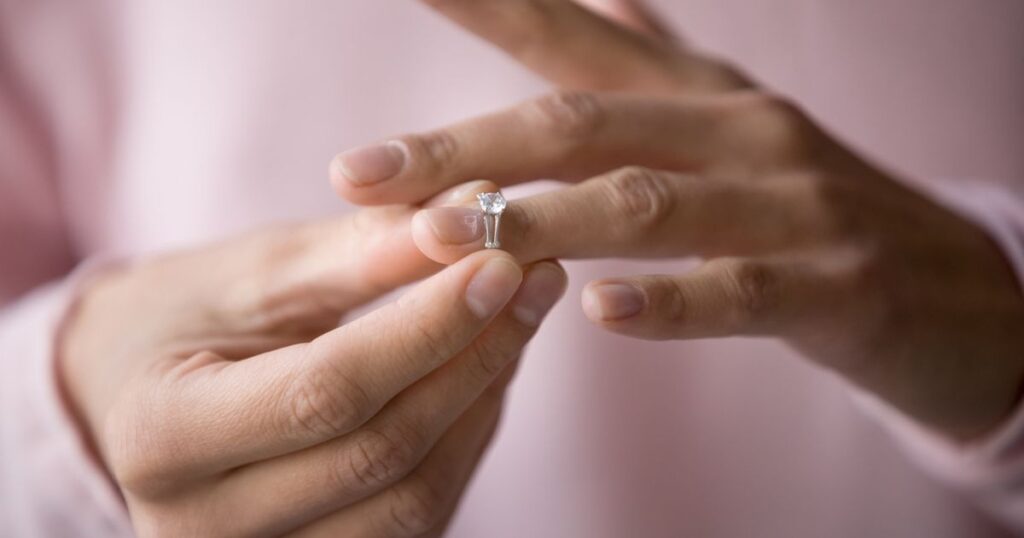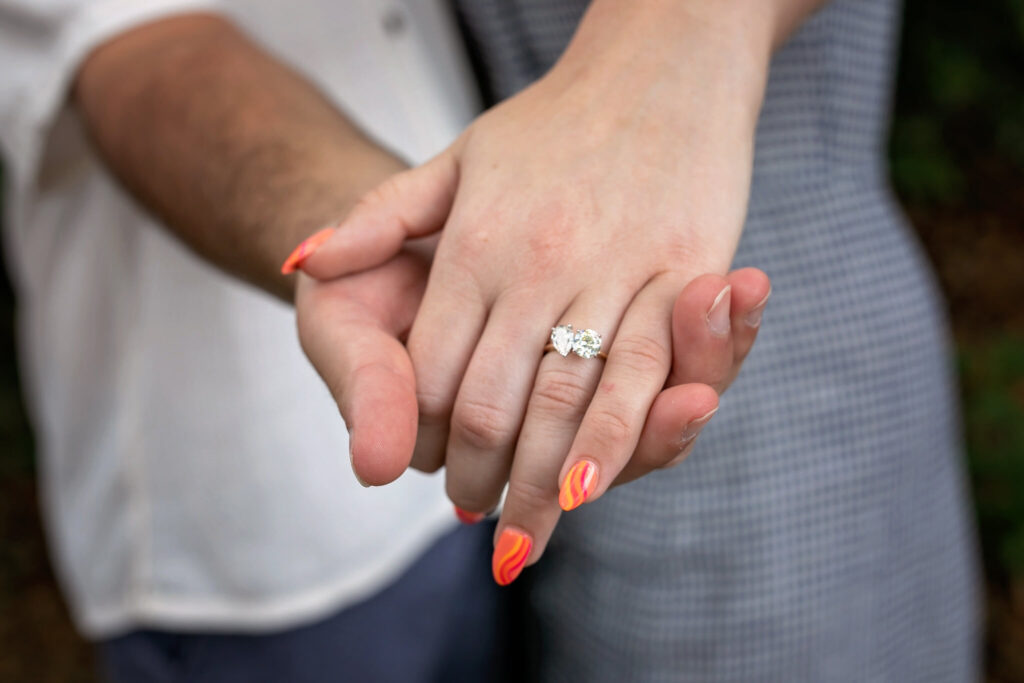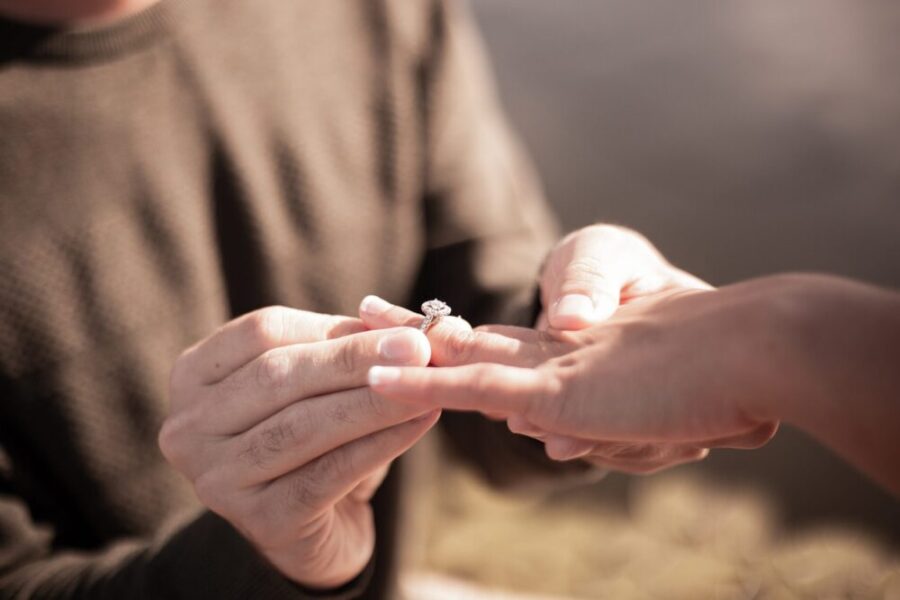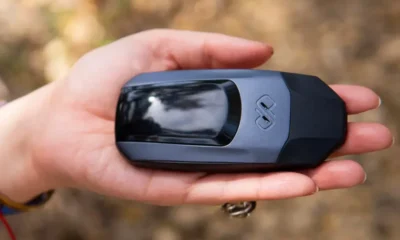Moissanite vs. Traditional Engagement Rings: Understanding the Differences in Quality and Price
Getting engaged is an incredibly exciting time in anyone’s life. It’s a special moment that marks the beginning of a new chapter, and for many, choosing the perfect engagement ring is an important part of the process. But with so many options out there, it can be challenging to know where to start.
One of the biggest decisions to make when it comes to engagement rings is whether to go for a traditional diamond ring or opt for a moissanite ring instead.
Moissanite vs. Traditional Engagement Rings

Source: mirror.co.uk
First things first, let’s start with the basics. Diamonds are naturally occurring gemstones that have been the go-to choice for engagement rings for centuries. They’re known for their unparalleled brilliance and durability, making them a symbol of everlasting love. Moissanite, on the other hand, is a lab-grown gemstone that was discovered in 1893 by a French scientist named Henri Moissan. While moissanite is not as well-known as diamonds, it has become an increasingly popular alternative in recent years.
The Price
One of the most significant differences between diamonds and moissanite is their price. Diamonds are notoriously expensive, with the average engagement ring setting costing around $6,000. Moissanite, on the other hand, is much more affordable, with prices starting at around $400 for a similar-sized stone. This price difference is due to a variety of factors, including the rarity of diamonds and the cost of mining and processing them. Moissanite, on the other hand, can be grown in a lab, making it less expensive to produce.
Despite the price difference, many people choose diamonds for their engagement rings due to their perceived higher quality. Diamonds are known for their durability and brilliance, which can’t be matched by other gemstones. Moissanite, however, is a close contender. While it doesn’t have the same level of durability as diamonds, it is still a very hard stone, ranking 9.25 on the Mohs scale, just below diamonds at 10. In terms of brilliance, moissanite actually has more fire and sparkle than diamonds, giving it a unique and eye-catching look.
Another factor to consider is their environmental impact. Diamond mining has been linked to a variety of environmental and ethical concerns, including habitat destruction and human rights abuses. Moissanite, on the other hand, is a more sustainable and ethical choice. As a lab-grown gemstone, it has a much smaller carbon footprint and doesn’t contribute to the negative impact of mining.
Which One to Choose?

Source: nytimes.com
So, which should you choose? Ultimately, the decision comes down to personal preference. If you’re looking for a high-quality, durable stone with a long history of tradition and symbolism, a diamond may be the way to go. But if you’re looking for an affordable, eco-friendly alternative with a unique and eye-catching look, moissanite rings may be the perfect choice for you.
It’s also worth considering that there are many other options out there besides diamonds and moissanite. If you’re looking for a more unique or personalized engagement ring, you may want to consider other gemstones like sapphires, rubies, or emeralds. These stones can offer a wide range of colors and price points, making them a great alternative to traditional engagement rings.
Conclusion
In conclusion, moissanite rings offer an affordable and environmentally friendly alternative to traditional diamond engagement rings. While they may not have the same level of durability as diamonds, they offer a unique and eye-catching look that is sure to impress. With so many options available, it’s important to do your research and find the perfect ring that represents your love and commitment for years to come. Whether you choose a diamond, moissanite, or another gemstone, the most important thing is that the ring reflects your individual style and the love that you share with your partner.













